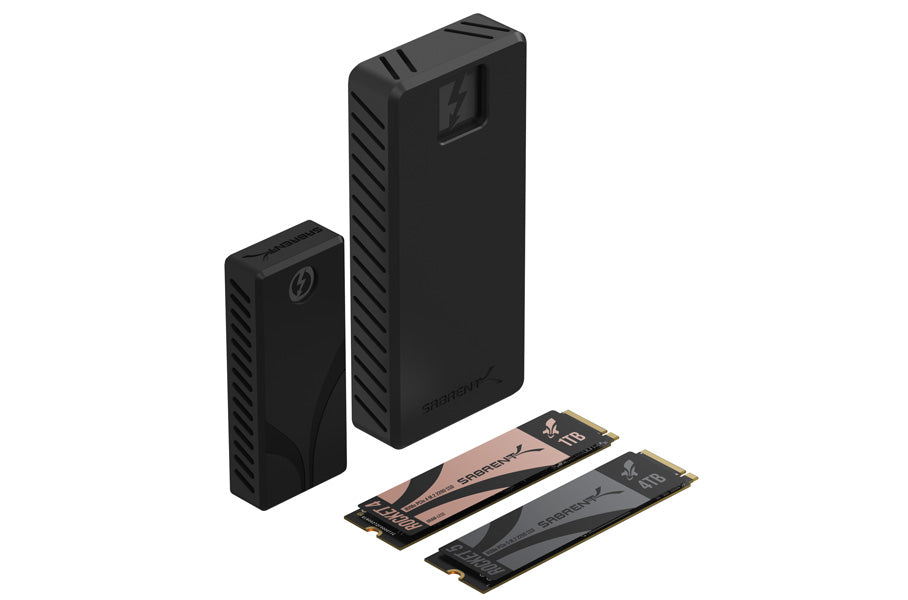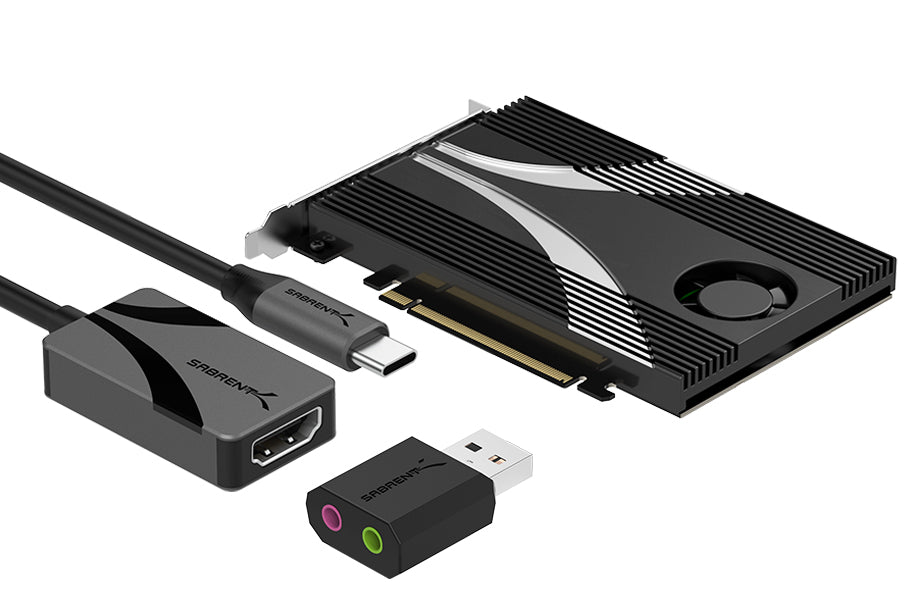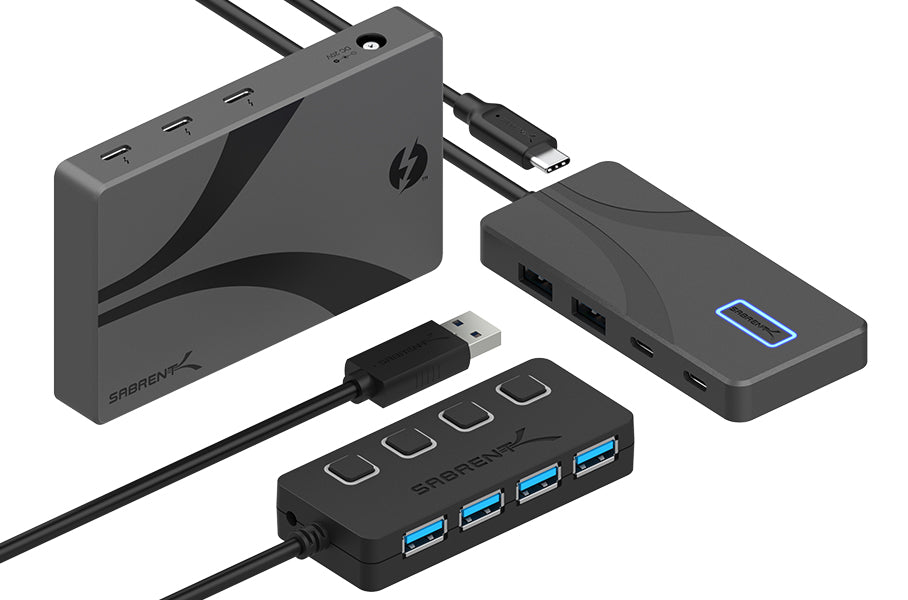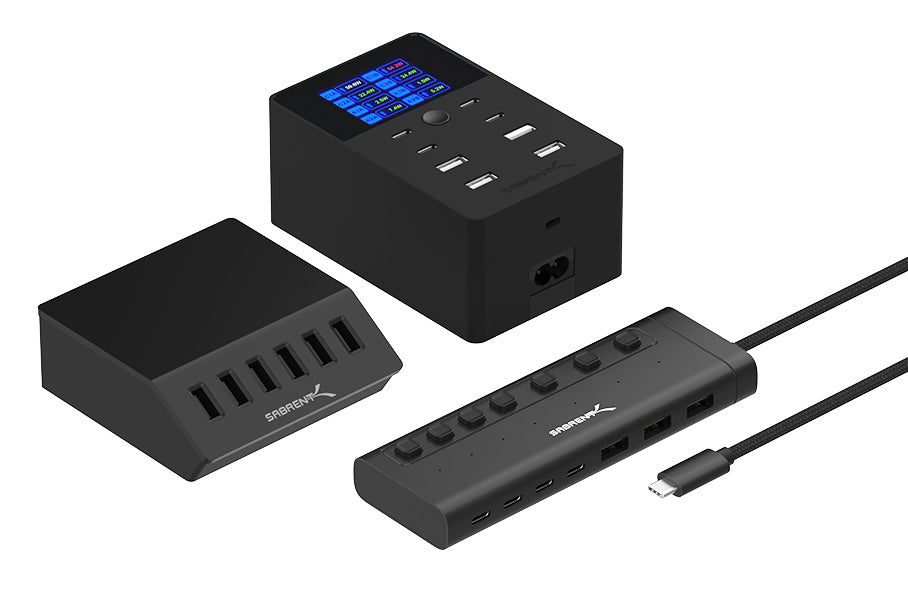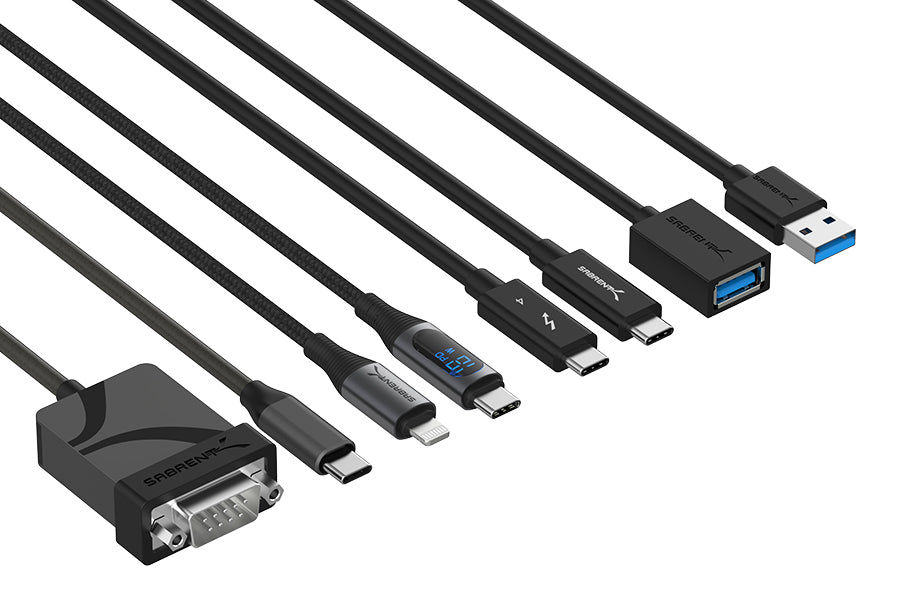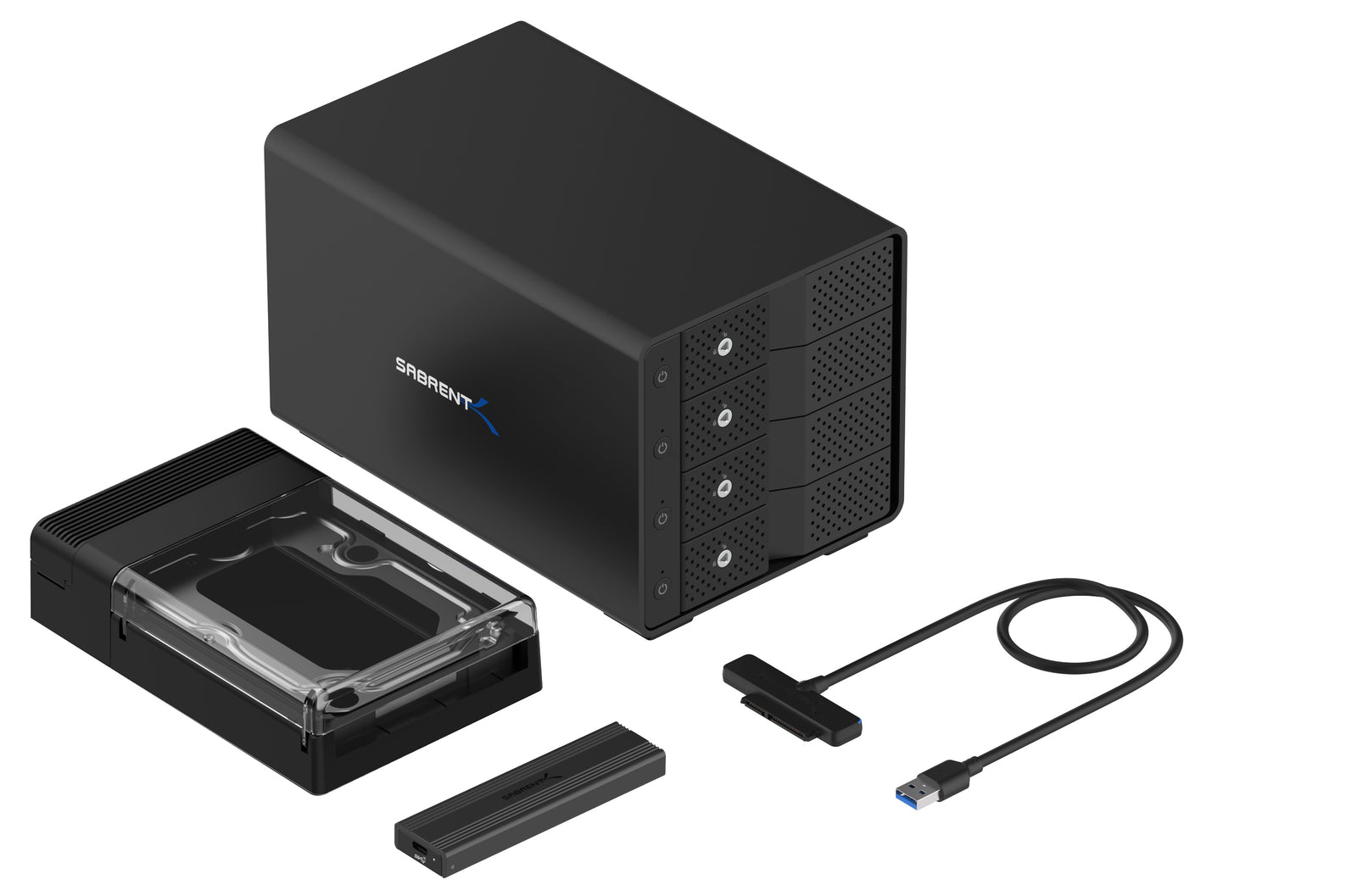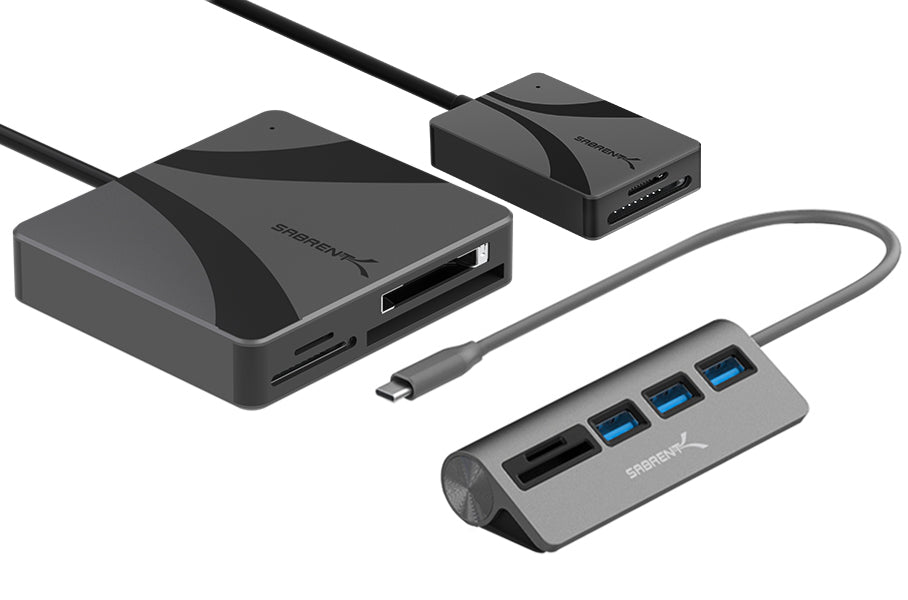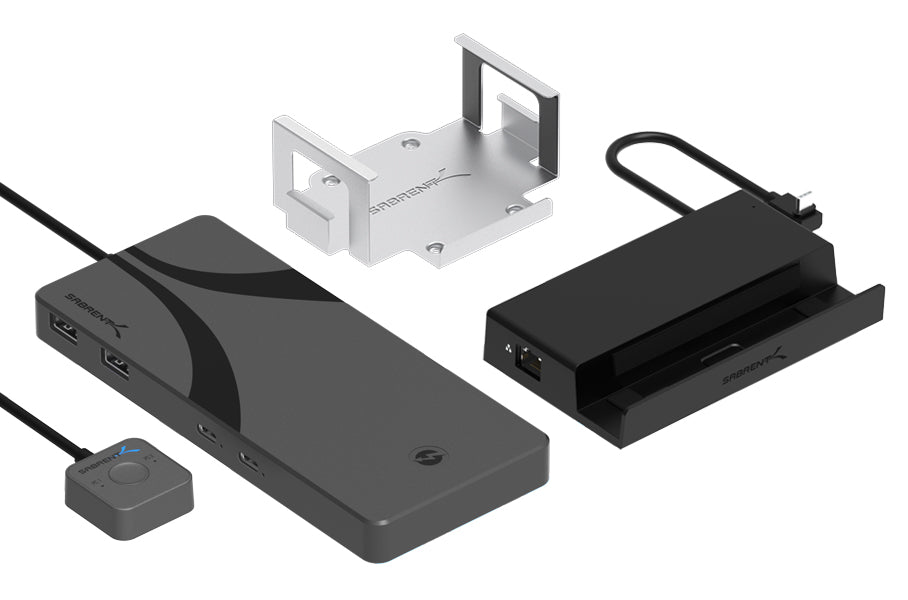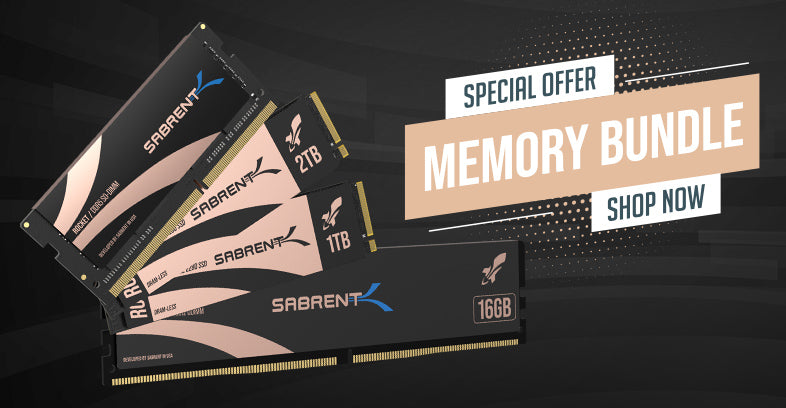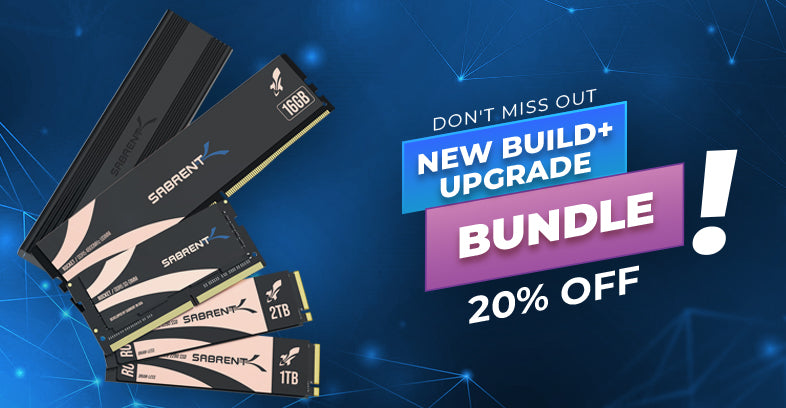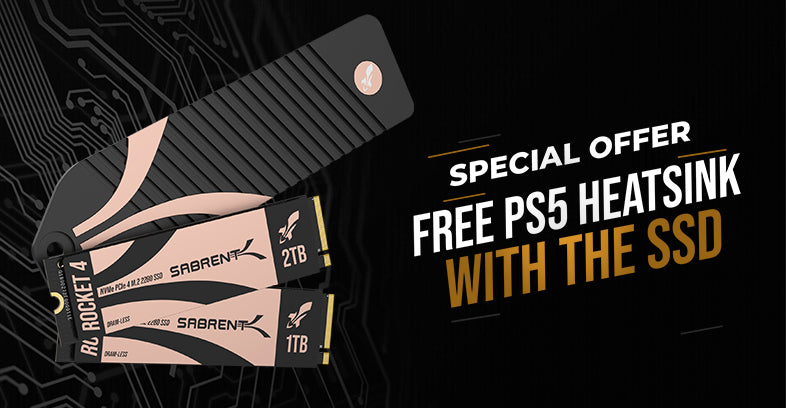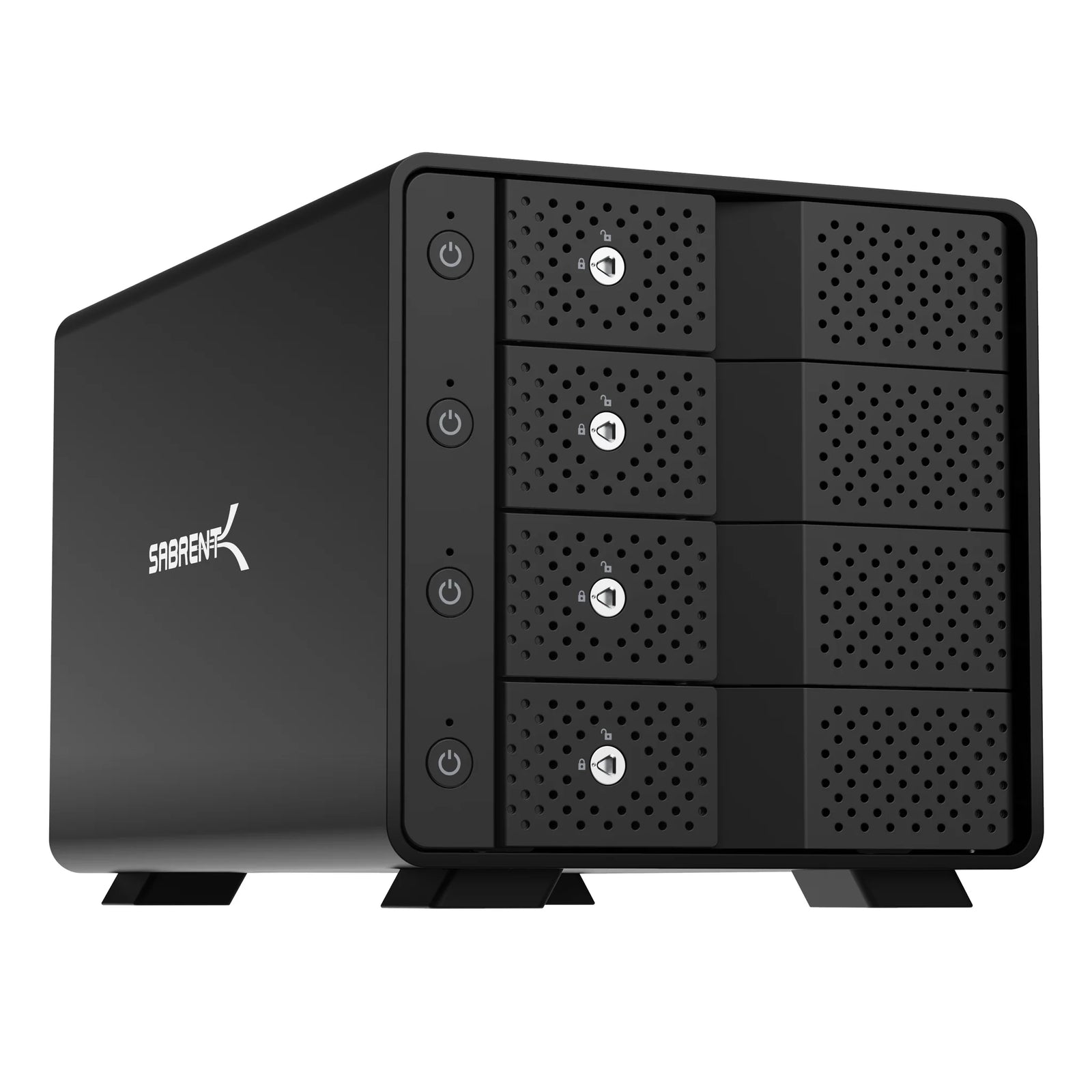One SSD technology that seems to have disappeared is hardware compression. Many early consumer SSDs had this, leading to benchmarks including both compressible and incompressible data sets, but it fell out of favor around the time TLC was introduced. Hardware compression is still used in enterprise and may be found in other places. For example, the PlayStation 5 relies on compression to get the most out of NVMe storage, and DirectStorage will be able to leverage it with GPUs.
Certain data, like that contained in text files, may be very compressible, while other data, like that found in already-encoded media files, is incompressible. While encoding media often drops some information to reduce file size, data stored on non-volatile media must be lossless; that is, all the data must be present when it is decompressed. Certain data sets, like databases, can therefore benefit from hardware compression, although file system or software compression is still useful for consumer use.

Compression does have a lot of benefits, although users typically want it to reduce space usage. Compression on a SSD, however, has other benefits, such as reducing write amplification. It can also improve random performance if the hardware can keep up. Having more space free can further improve SSD endurance by reducing write amplification indirectly. However, a compression engine requires die space and makes the FTL more complex. This is especially true with SLC caching.
Our SSDs all rely on SLC caching to make sure the user has the fastest experience possible. This is faster than the old MLC drives while also allowing for more capacity. This hybrid approach intelligently adjusts to drive and workload conditions to maintain proper balance. Smart garbage collection, wear leveling, and TRIM ensure you do not need to worry about endurance. The technologies available today have improved on the past.

